Can a water purifier remove iron from water?
As a household water treatment device, water purifiers have become increasingly popular in the market in recent years. It not only improves water quality, but also protects household water equipment from scale and other impurities. However, faced with the diversity of water quality problems, consumers often ask, can water purifiers effectively remove iron from water?
This article will delve into this issue, analyzing the working principle of water purifiers, the effect of iron removal, and related precautions.
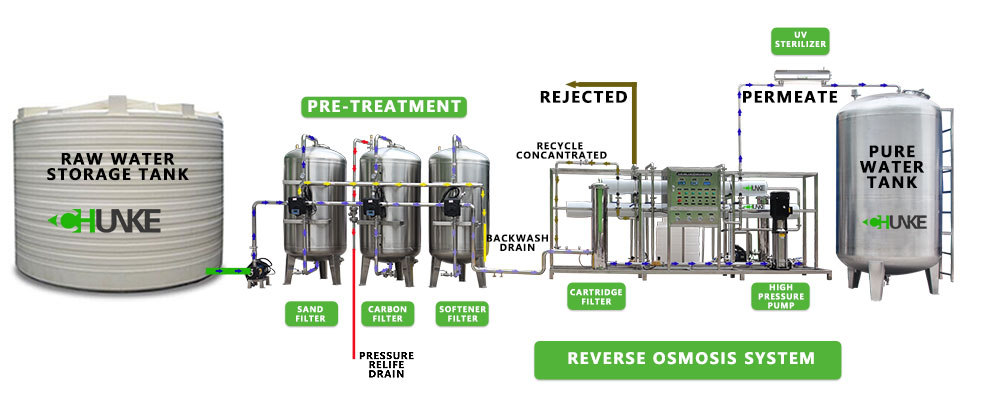
The form of iron in water
Before discussing whether a water purifier can remove iron from water, it is necessary to understand the form of iron in water. Iron usually exists in water in two forms: dissolved ferrous ions (Fe²⁺) and suspended ferric iron (Fe³⁺) or rust particles.
1. Ferrous ions: colorless, odorless, dissolved in water. If the ferrous ions in water come into contact with air, they are easily oxidized to ferric iron.
2. Ferric iron: usually appears reddish brown, forming precipitation or suspended particles, which are easily identified by the naked eye.
What is the working principle of a water purifier?
There are many types of water purifiers, and different types of water purifiers use different filtering technologies. The main filtering technologies include:
1. Activated carbon filtration: Using the adsorption capacity of activated carbon, organic matter, chlorine and some heavy metals in water are removed, but the removal effect on iron is limited.
2. Reverse osmosis (RO) technology: Filtering ions and small molecules in water through a semipermeable membrane, with a removal rate of more than 95%, can effectively remove dissolved ferrous ions.
3. Ion exchange: Resin exchange ions are used to remove hardness and some metal ions in water, and the removal effect on iron ions is also good.
4. Ultraviolet disinfection: Used to kill bacteria and viruses in water, but it is ineffective for iron removal.
5. Ultrafiltration (UF) technology: Remove suspended particles, bacteria and some organic matter in water through ultrafiltration membranes, and have a certain removal effect on rust particles.
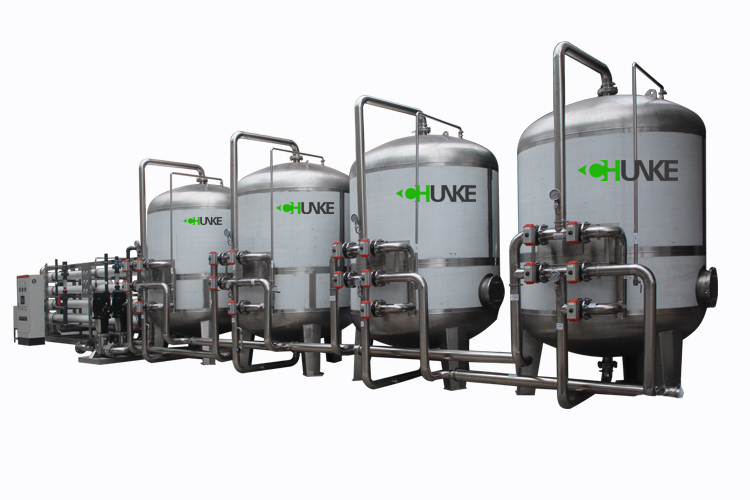
How effective is the water purifier in removing iron?
The effect of removing iron from water is different depending on the filtering technology of different water purifiers. The details are as follows:
1. Activated carbon filtration:
Activated carbon filtration mainly relies on the microporous structure on its surface to adsorb pollutants in the water. For dissolved ferrous ions, the adsorption capacity of activated carbon is limited, so it cannot be effectively removed. For suspended rust particles, activated carbon can partially remove them, but the effect is not obvious.
2. Reverse osmosis technology:
Reverse osmosis water purifier is currently one of the most effective technologies for removing soluble pollutants in water. The RO membrane has a very small pore size and can intercept ferrous ions and trivalent iron in the water. Use a RO water purifier can effectively remove iron from the water and ensure the cleanliness of the effluent. However, the disadvantage of the reverse osmosis system is that it requires a higher water pressure and has a higher wastewater rate.
3. Ion exchange:
Ion exchange resins are widely used in water purifiers, especially for softening water. The resin reduces hardness by exchanging calcium and magnesium ions in the water, and can also effectively remove iron ions. However, ion exchange requires regular regeneration of the resin, and the operation is relatively complicated.
4. Ultrafiltration technology:
The pore size of ultrafiltration membrane is between 0.01 and 0.1 microns, which can effectively remove suspended particles and some macromolecular substances in water. For suspended rust particles, ultrafiltration technology has a good removal effect, but the effect on dissolved ferrous ions is limited.
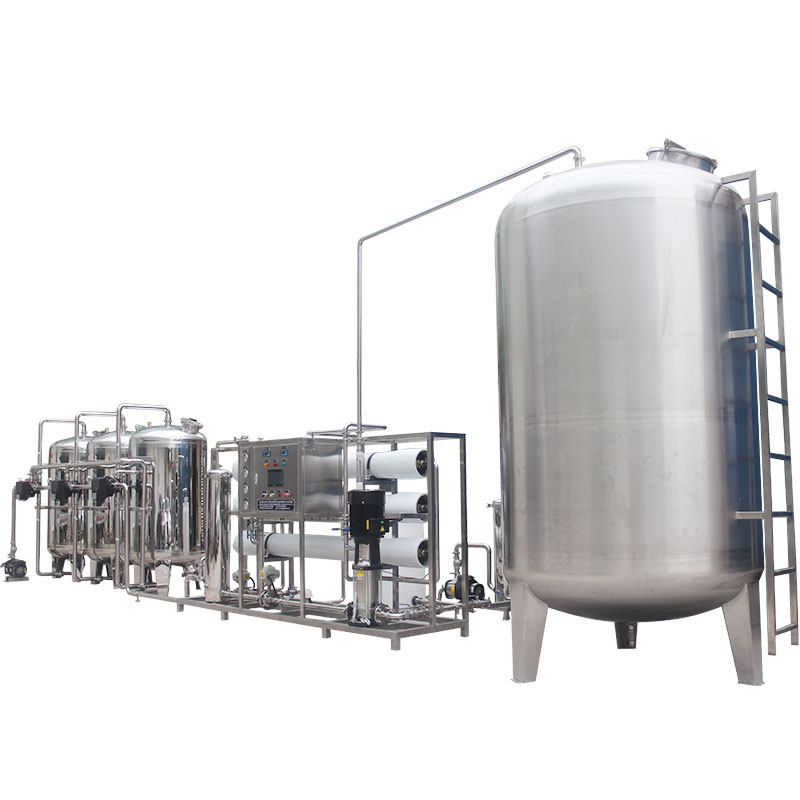
Precautions for using water purifiers to remove iron
Although water purifiers can effectively remove iron from water, in actual use, consumers need to pay attention to the following points:
1. Water quality testing:
Before choosing a water purifier, it is recommended to conduct a water quality test to determine the content and form of iron in the water. Choose the appropriate type and configuration of water purifier according to the test results to ensure the expected water purification effect.
2. Regular maintenance:
Water purifiers need to be regularly maintained and filter cartridges replaced during use. In particular, reverse osmosis membranes and ion exchange resins, if not replaced in time, will affect the water purification effect and even cause secondary pollution.
3. Comprehensive treatment:
For water sources with high iron content, a single type of water purifier may not be able to completely remove all iron. At this point, you can consider a comprehensive treatment method, such as using pretreatment equipment (such as sand filter, rust filter) to remove most of the rust particles, and then using reverse osmosis or ion exchange water purifiers for deep purification.
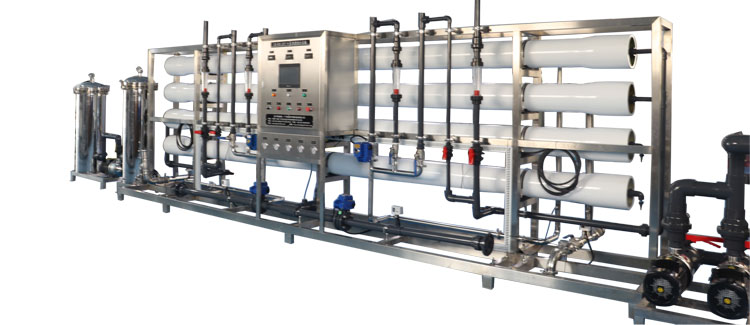
Case Analysis
In order to better understand the effect of water purifiers in removing iron, let's look at a few actual cases:
1. A family uses a reverse osmosis water purifier:
Mr. Li's family drinking water comes from groundwater. After testing, the ferrous ion content in the water is high. In order to improve the water quality, Mr. Li installed a reverse osmosis water purifier. After a period of use, the water quality of the effluent has improved significantly, and the iron content has dropped to an acceptable range. Mr. Li said that although the initial investment of the reverse osmosis water purifier is high, the effect is significant and worth the investment.
2. A rural community uses a comprehensive water purification system:
The drinking water source of a rural community comes from a local river, and the water contains a large amount of rust particles. In order to ensure the safety of residents' drinking water, the community installed a comprehensive water purification system, including pre-sand filtration, activated carbon filter and reverse osmosis device. After multi-stage filtration, the water quality has improved significantly, and residents have expressed satisfaction.
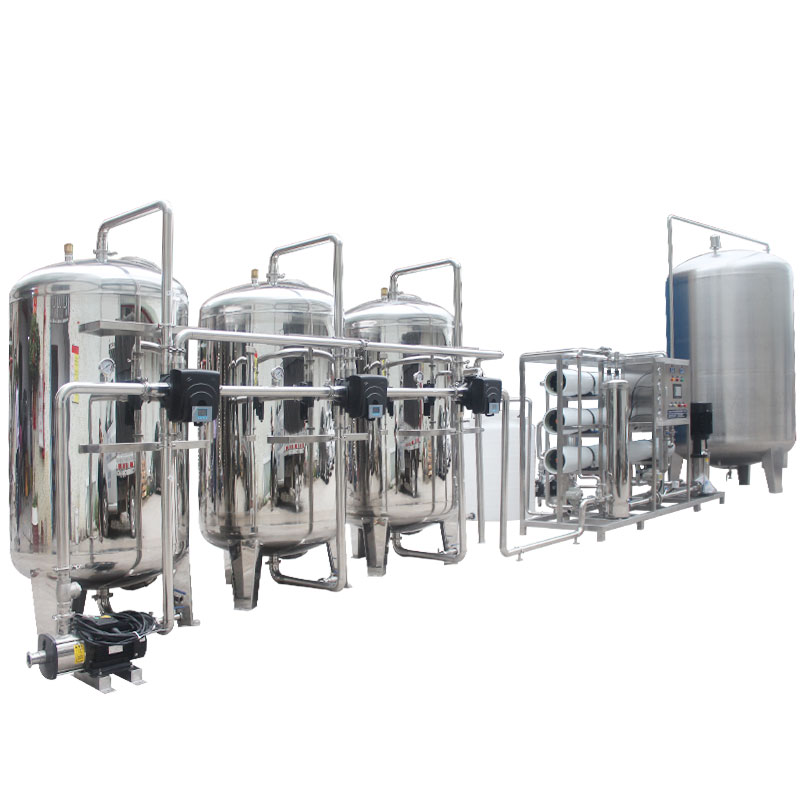
Conclusion
Through the above analysis, we can conclude that water purifiers can effectively remove iron from water, and the specific effect depends on the filtration technology used. Reverse osmosis technology and ion exchange technology are excellent in removing dissolved ferrous ions, while ultrafiltration technology has a good removal effect on suspended rust particles.
When choosing a water purifier, consumers should choose the appropriate equipment according to the water quality and actual needs, and pay attention to regular maintenance and replacement of the filter element to ensure the durability of the water purification effect.
Whether it is for home use or community water supply, water purifiers play an important role in improving water quality and ensuring the safety of drinking water. By reasonably selecting and using water purifiers, consumers can enjoy healthier and safer drinking water.




